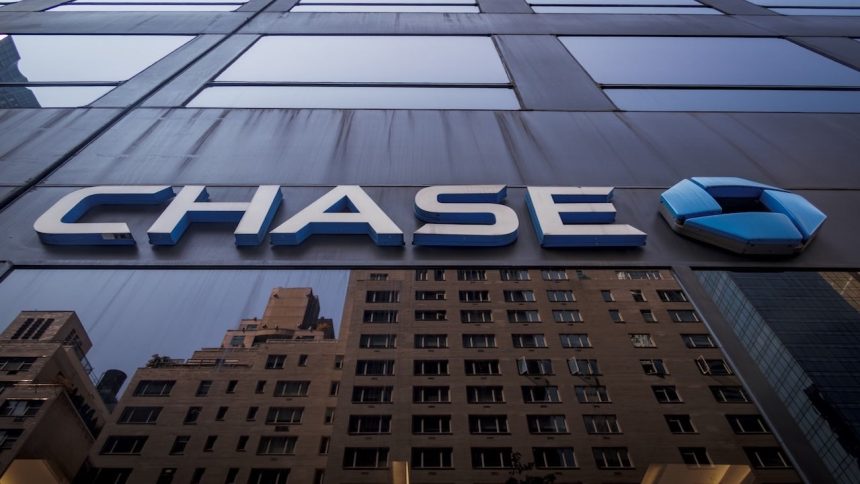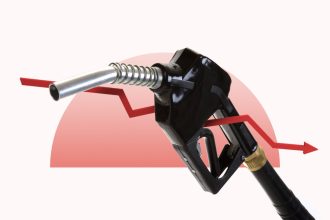Erik McGregor/Getty Images
Back in 2020, the COVID-19 pandemic exploded, creating “a good amount of economic uncertainty in both the housing market and more broadly,” recalls Chase Home Lending Consumer Direct Executive Erik Schmitt. With everything from jobs to property values to interest rates up in the air, big banks like Chase and Wells Fargo responded by pausing their home equity lines of credit (HELOCS).
Fast-forward five years to today. Home values and home equity stakes have soared to record highs. Many homeowners in need of funds would love to tap those residential riches, and in fact HELOC and home equity loan originations are up. Seeing that demand, Chase has reentered the space, launching its first new HELOC since 2020.
“During COVID, many customers refinanced, and now they have more first-mortgage rates that are below prevailing rates,” says Schmitt. “This product offers the ability to access their equity in a responsible way without impacting their existing first mortgage.”
Refis out, HELOCs in
Chase’s new HELOC comes as the rate environment has shifted since 2020. Back during the pandemic, cash-out refinances were the go-to option for many homeowners, since mortgage rates were at historic lows. Now, with today’s higher mortgage rates, refis are less attractive. So, not only are more people taking out HELOCs, but the rates have become more affordable. As of August 27, HELOC rates were at 8.10 percent, their lowest level since May, according to Bankrate’s survey of lenders. That’s down from a 10-percent peak back in early 2024.
How does the new Chase HELOC work?
Available in every state except Texas, Chase’s HELOC allows borrowers to tap up to 80 percent of their home’s value (a standard percentage with equity products). Credit lines start at $25,000 ($10,000 in Michigan) and go up to $400,000. The term is 30 years: Customers can opt to make interest-only payments for the first 10 years, followed by a 20-year repayment period.
Additional features and criteria include:
-
Chase requires a minimum credit score of 720 to qualify for the HELOC, which is a higher stated minimum than other home equity lenders’ (though average home equity applicant scores do tend to run in the 700s).
-
You can access your funds for three years, which is a bit shorter than typical draw periods, which can last up to five or 10 years.
-
At closing, be prepared to withdraw at least 85 percent of your available credit line. The lump sum includes an origination fee of no more than 4.99 percent of your credit limit. (Closing costs and initial minimum draws are not unusual among HELOC lenders.)
As for the cost to borrow, Chase’s website cites as an example a “variable rate of 9.74% in ZIP Code 43240 as of Aug. 22, 2025.” The HELOC’s “APR is based on the Prime Rate (the index) as published in the Wall Street Journal combined with a fixed margin and will not exceed 18%.”
Strong early response
Schmitt says the reception to Chase’s HELOC has exceeded the company’s initial expectations. “We are very excited and continuing to grow our team to support that volume,” he adds.
Looking ahead, Chase plans to market its HELOC more widely and is exploring additional options for homeowners. “Texas has some unique state laws we’re trying to find a solution for,” Schmitt says. “We are evaluating other products such as closed and second liens [there], for example, to expand the offering.”
Why we ask for feedback
Your feedback helps us improve our content and services. It takes less than a minute to
complete.
Your responses are anonymous and will only be used for improving our website.
Help us improve our content
Read the full article here
















